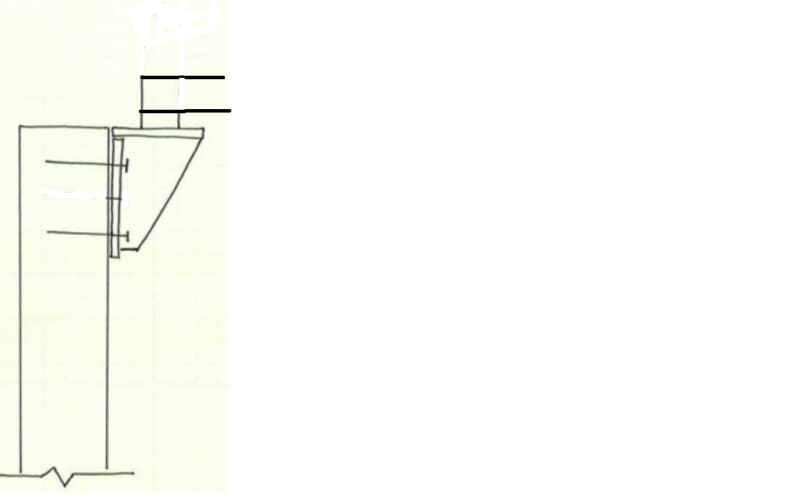jreit
Structural
- May 2, 2014
- 95
I have a new bracket plate connecting a beam to an existing retaining wall. I'm trying to understand how the new loads on the wall will act.
It is a fixed connection at the end of the gantry which imparts a moment and shear. The moment is resolved into a tension couple between the top and bottom anchors going into the concrete.
I'm not sure how to treat the vertical reaction at the end though. Do I just translate that into an additional moment that acts together with the fixed end moment on the wall?
Is there any shear force that acts on the wall? Both faces of the wall have rebar perpendicular to the anchors so it might translate as shear in the concrete but I'm not sure.

It is a fixed connection at the end of the gantry which imparts a moment and shear. The moment is resolved into a tension couple between the top and bottom anchors going into the concrete.
I'm not sure how to treat the vertical reaction at the end though. Do I just translate that into an additional moment that acts together with the fixed end moment on the wall?
Is there any shear force that acts on the wall? Both faces of the wall have rebar perpendicular to the anchors so it might translate as shear in the concrete but I'm not sure.



